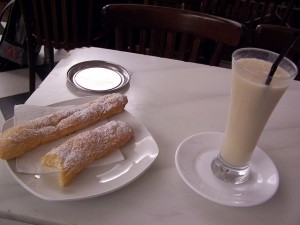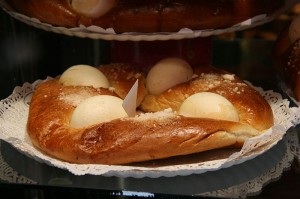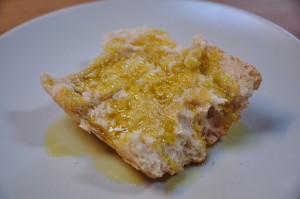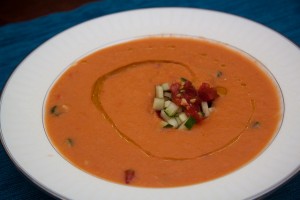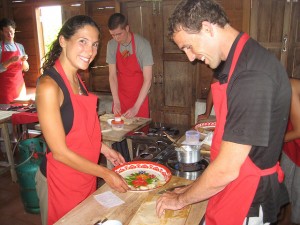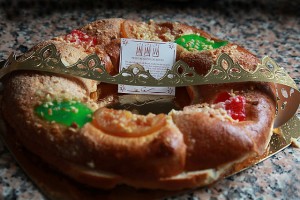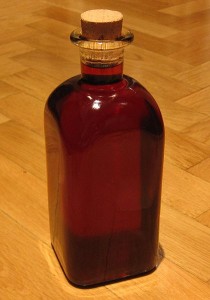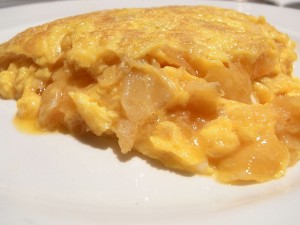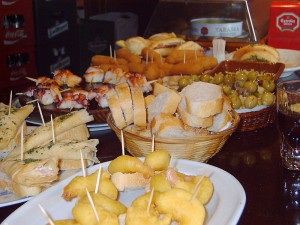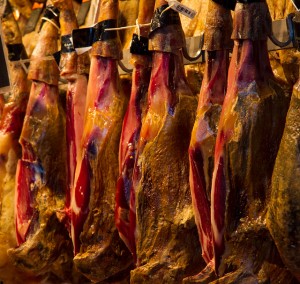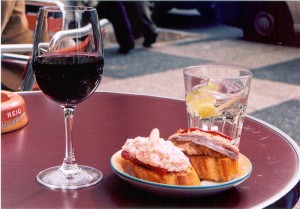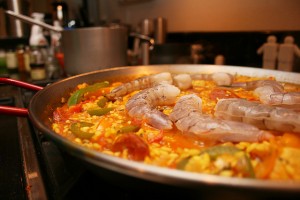Polvorones, mazapanes, mantecados, peladillas…many typical sweets for Christmas, but only one stands out, the turrón. It is one of the sweets from the Spanish gastronomy that is never missing in a house around these dates and all Spanish students staying in Spain to learn Spanish have probably already tried it.
This food is made from almond and honey, a mixture that was already used by the Arabs in the ancient Al-Andalus. Nevertheless, the turrón as we know it now started to be made in the XV century in Jijona, a town near the city of Alicante. The two most famous turrones in Spainare made there, the Turrón de Jijona (soft, the almonds are ground to form a dough) and the Turrón de Alicante (hard, it has whole almonds). If you are staying in our country to learn Spanish in Alicante, you cannot miss out on trying some of these turrones.
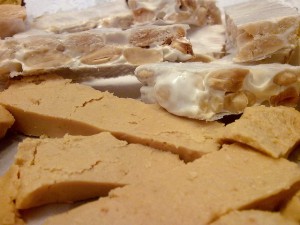
Turrón de Alicante y Turrón de Jijona
►…continue reading about the turrón, the Christmas sweet







